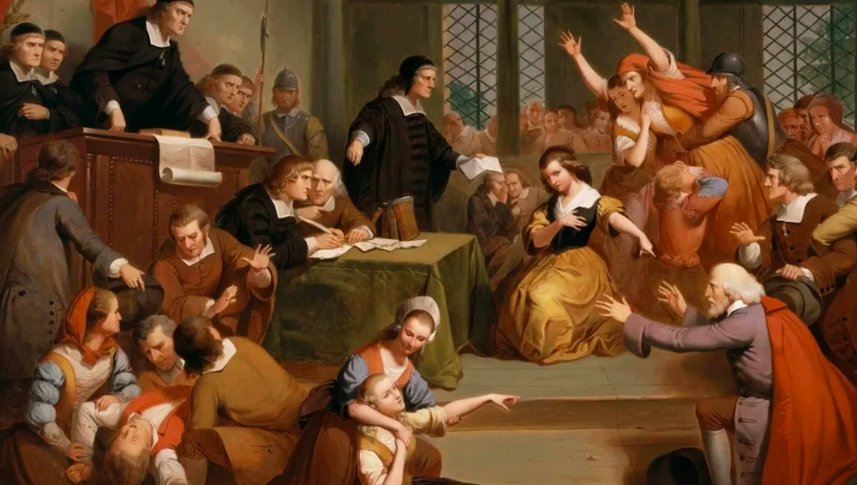This week marks the anniversary of some of the most significant and shocking events in history, from the Salem witch trials to the Lindbergh kidnapping. Here are some of the highlights of what happened this week in history.
The Salem Witch Trials Begin
On February 29, 1692, the Salem witch trials began in colonial Massachusetts, when two young girls accused three women of witchcraft. The accusations sparked a wave of hysteria and paranoia that led to the arrest, trial, and execution of more than 200 people, mostly women, over the next year. The Salem witch trials are considered one of the darkest chapters in American history, and a reminder of the dangers of mass hysteria and false accusations. The trials also exposed the social and political tensions in the Puritan society, such as gender, class, and religious conflicts.
The Lindbergh Kidnapping Shocks the Nation
On March 1, 1932, one of the most infamous crimes of the 20th century took place, when the 20-month-old son of aviator Charles Lindbergh and his wife Anne was kidnapped from their home in New Jersey. The kidnappers left a ransom note demanding $50,000 for the return of the child, but the negotiations ended tragically when the baby’s body was found in a nearby woods on May 12. The case captivated and horrified the nation, and led to a massive manhunt and media frenzy. The case was dubbed “the crime of the century” and inspired many books, movies, and documentaries.

The Boston Massacre Sparks the American Revolution
On March 5, 1770, a violent confrontation between British soldiers and American colonists erupted in Boston, Massachusetts, resulting in the death of five civilians and the injury of six others. The incident, known as the Boston Massacre, was one of the catalysts of the American Revolution, as it inflamed the anti-British sentiment and propaganda among the colonists. The event was immortalized by the famous engraving by Paul Revere, which depicted the British soldiers as brutal aggressors and the colonists as innocent victims.
The First U.S. Census Is Conducted
On March 1, 1790, the first census in the United States was authorized by Congress, as part of the Constitution, to determine the population and representation of each state. The census was conducted by federal marshals, who visited every household and recorded the name of the head of the household and the number of free white males, free white females, other free persons, and slaves. The census took 18 months to complete, and revealed that the total population of the United States was 3,929,214, of which 697,624 were slaves. The census also showed that Virginia was the most populous state, with 747,610 people, and that New York was the largest city, with 33,131 people.
The Star-Spangled Banner Becomes the National Anthem
On March 3, 1931, President Herbert Hoover signed a law that made “The Star-Spangled Banner” the official national anthem of the United States. The song, written by Francis Scott Key in 1814, was inspired by the sight of the American flag flying over Fort McHenry after a night of British bombardment during the War of 1812. The song was originally a poem, titled “Defence of Fort M’Henry”, and was set to the tune of a popular British song, “To Anacreon in Heaven”. The song became popular among Americans, and was often played at patriotic and military events. The song was officially recognized by the Navy in 1889, and by the Army in 1918, before becoming the national anthem in 1931.














